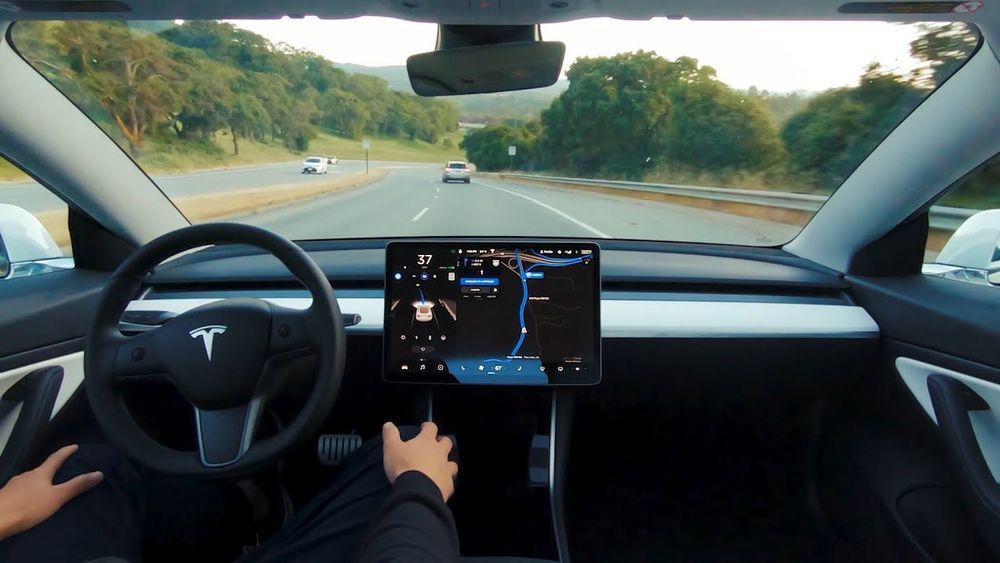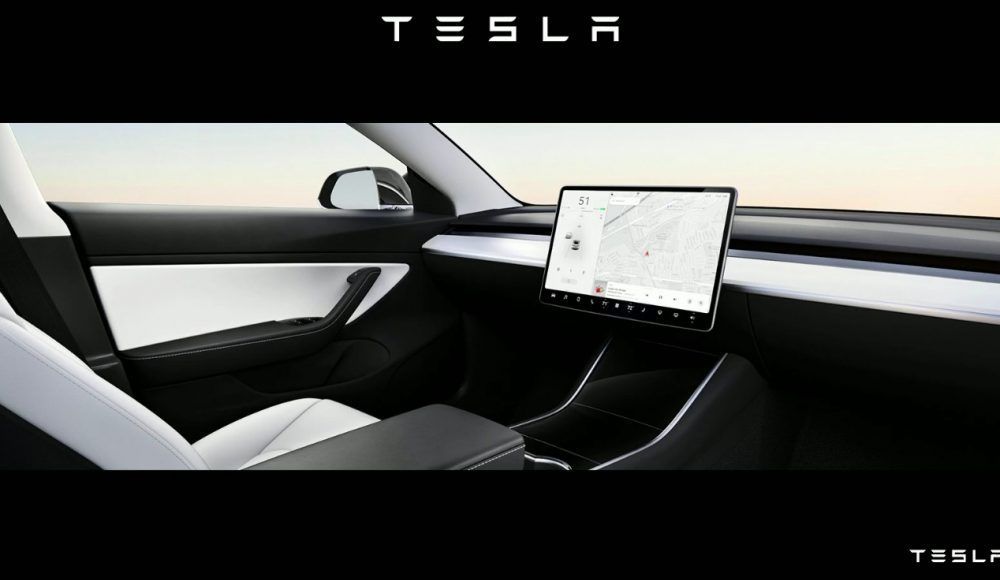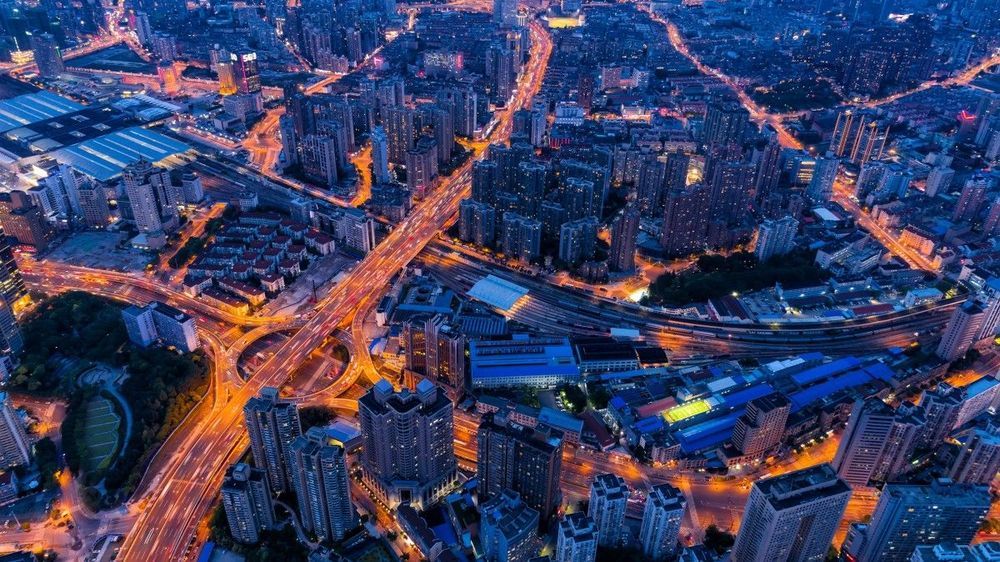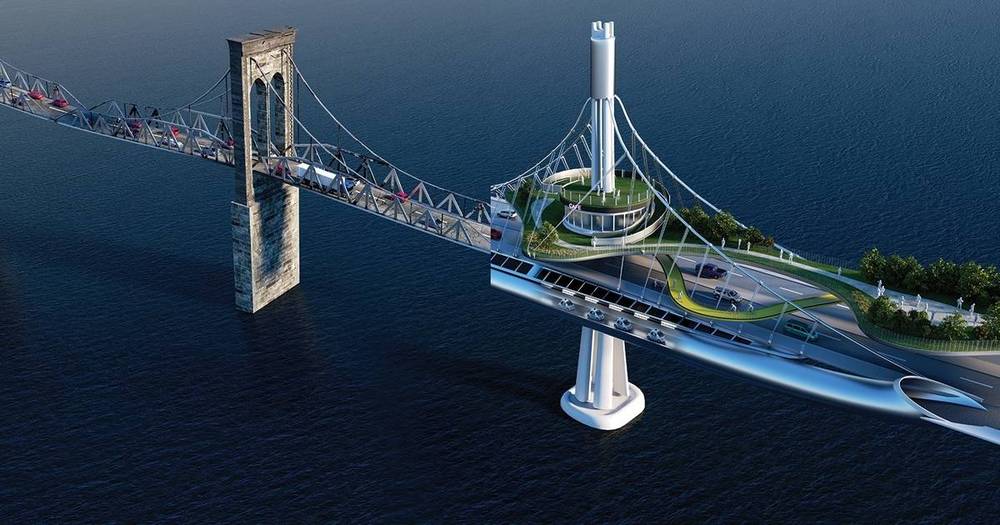Page 8865
Apr 22, 2019
Tesla outlines plan for ‘Robotaxi’ ride-sharing service
Posted by Klaus Baldauf in categories: Elon Musk, mobile phones, robotics/AI, transportation
Tesla CEO Elon Musk presented some new details on the Tesla Network’s Robotaxi ride-hailing service during the company’s Autonomy Day. Musk outlined his how much electric car owners can earn from the service, as well as how long vehicles can last operating as autonomous ride-sharing Robotaxis.
Musk started his presentation by reiterating Tesla’s Master Plan, which includes the deployment of the company’s Robotaxi program sometime in 2020 (pending regulatory approval, of course). Musk joked about Tesla’s delays in the rollout of Full Self-Driving features, though he did note that “we said we’re gonna do the Robotaxi, and we’re gonna do the Robotaxi.”
Tesla owners who wish to use their vehicles for the Tesla Network will be able to manage their electric cars through their smartphone. Musk dropped several points of information that will be key to the Tesla Network’s Robotaxi service as well. Among these is the vehicles’ longevity. The CEO noted that current-generation battery packs are good for about 300,000 to 500,000 miles, though Tesla’s upcoming batteries which will go on production next year will operate for twice as long, up to 1 million miles with minimal maintenance.
Continue reading “Tesla outlines plan for ‘Robotaxi’ ride-sharing service” »
Apr 22, 2019
VERITAS Collaboration Measures Smallest Star Size to Date
Posted by Genevieve Klien in category: space
Scientists in the VERITAS Collaboration have published a paper in Nature Astronomy journal detailing the smallest stars in the night sky known to date.
Apr 22, 2019
Why China’s electric-car industry is leaving Detroit, Japan, and Germany in the dust
Posted by James Christian Smith in categories: sustainability, transportation
Apr 22, 2019
Elon Musk says machine to connect human brain to computers is ‘coming soon’
Posted by Genevieve Klien in categories: computing, Elon Musk, neuroscience
Apr 22, 2019
Our bridges are failing. Here’s how we could fix them
Posted by Genevieve Klien in category: futurism
We took a look back at our biggest mistakes, then imagined how we could fix them. This franken-bridge shows both the past and present in one span.
Apr 22, 2019
Everything you need to become an immortality expert
Posted by Paul Battista in category: life extension
The best books, podcasts, TV shows, and Reddit threads for understanding the world of longevity.
Apr 22, 2019
Defying the laws of physics? Engineers demonstrate bubbles of sand
Posted by Genevieve Klien in categories: engineering, particle physics
The flow of granular materials, such as sand and catalytic particles used in chemical reactors, and enables a wide range of natural phenomena, from mudslides to volcanos, as well as a broad array of industrial processes, from pharmaceutical production to carbon capture. While the motion and mixing of granular matter often display striking similarities to liquids, as in moving sand dunes, avalanches, and quicksand, the physics underlying granular flows is not as well-understood as liquid flows.
Now, a recent discovery by Chris Boyce, assistant professor of chemical engineering at Columbia Engineering, explains a new family of gravitational instabilities in granular particles of different densities that are driven by a gas-channeling mechanism not seen in fluids. In collaboration with Energy and Engineering Science Professor Christoph Müller’s group at ETH Zurich, Boyce’s team observed an unexpected Rayleigh-Taylor (R-T)-like instability in which lighter grains rise through heavier grains in the form of “fingers” and “granular bubbles.” R-T instabilities, which are produced by the interactions of two fluids of different densities that do not mix—oil and water, for example—because the lighter fluid pushes aside the heavier one, have not been seen between two dry granular materials.
The study, published today in the Proceedings of the National Academy of Sciences, is the first to demonstrate that “bubbles” of lighter sand form and rise through heavier sand when the two types of sand are subject to vertical vibration and upward gas flow, similar to the bubbles that form and rise in lava lamps. The team found that, just as air and oil bubbles rise in water because they are lighter than water and do not want to mix with it, bubbles of light sand rise through heavier sand even though two types of sand like to mix.
Continue reading “Defying the laws of physics? Engineers demonstrate bubbles of sand” »
Apr 22, 2019
You Can Now Shop With Bitcoin on Amazon Using Lightning
Posted by Genevieve Klien in categories: bitcoin, climatology, space
Bitcoin spenders can now use the lightning network to shop at e-commerce sites like Amazon.
Crypto payment processing startup Moon announced today that any lightning-enabled wallet can now also be used through Moon’s browser extension. Before this lightning feature, roughly 250 beta users already used Moon to spend crypto on e-commerce sites by connecting the browser extension to exchange accounts like Coinbase.
Moon CEO Ken Kruger told CoinDesk:
Continue reading “You Can Now Shop With Bitcoin on Amazon Using Lightning” »
Apr 22, 2019
Nanotechnology in the water treatment market sees growth potential
Posted by Genevieve Klien in category: nanotechnology
Research on opportunities to use nanomaterials for each industry could expand and increase efficiency in industrial water treatment.


















